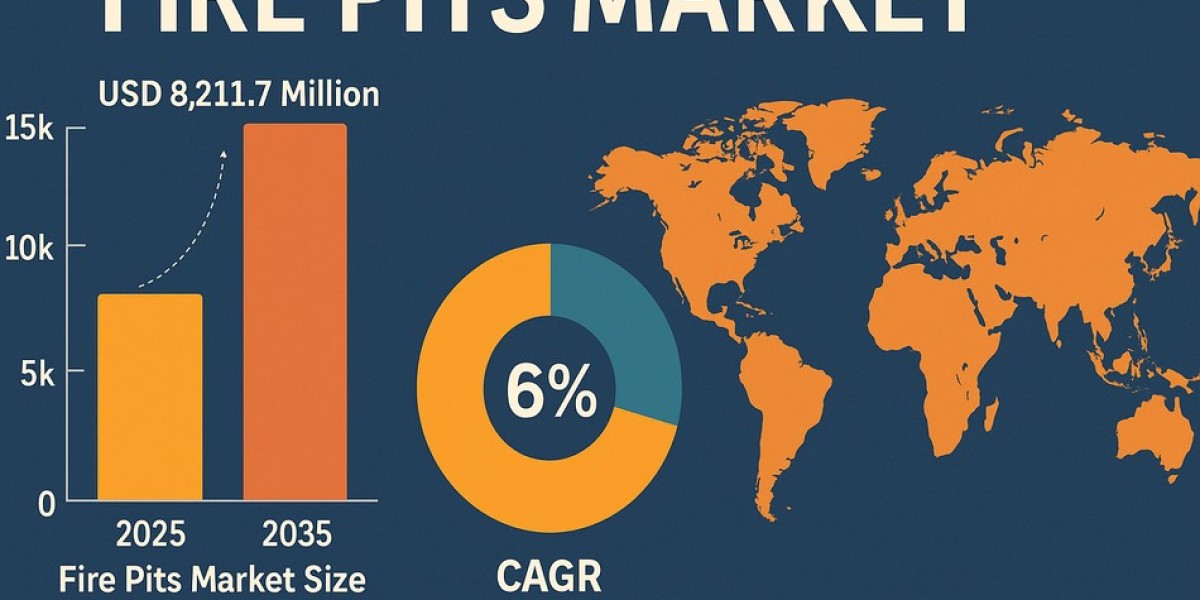In the healthcare sector, most innovations tend to focus on clinical advancements — telemedicine, diagnostics, AI-driven treatment protocols. But the foundation of effective patient care often lies beyond the clinical realm. It lies in the walls, systems, and assets that keep a hospital running day and night.
From HVAC systems maintaining sterile operating rooms to elevators transporting critical care patients, every component of a hospital must operate seamlessly. Yet, managing this complex web of infrastructure is no easy task. This is where healthcare facilities management software is becoming a game-changer.
The Growing Need for Digital Facilities Oversight in Healthcare
Hospital infrastructure is under immense pressure. Increased patient volumes, aging buildings, stricter regulations, and limited budgets are pushing facility managers to find smarter ways to maintain quality and safety.
Traditionally, healthcare facilities teams relied on paper-based records, standalone spreadsheets, or outdated maintenance logs to track repairs, equipment status, and compliance documents. These manual systems not only consume time but are vulnerable to human error, lack of visibility, and inefficiencies — all of which can have serious consequences in a hospital setting.
By contrast, healthcare facilities management software brings automation, real-time tracking, and data-driven clarity to the entire ecosystem of hospital maintenance and operations.
What Does Healthcare Facilities Management Software Do?
At its core, this software is designed to help hospitals and clinics centralize and streamline facility operations, maintenance schedules, asset tracking, and safety protocols.
Here’s a breakdown of what it typically includes:
Preventive Maintenance Scheduling
The software enables proactive management of assets — ensuring critical systems like generators, fire suppression units, and HVAC systems are regularly serviced before failures occur.
Work Order Management
Healthcare staff can report issues, and facility teams can assign, prioritize, and close work orders digitally. This reduces downtime and ensures accountability at every step.
Compliance and Audit Readiness
Hospitals must follow strict regulatory frameworks from agencies like The Joint Commission and NFPA. The software helps manage inspection records, certifications, permits, and compliance checklists — all in one place.
Asset Lifecycle Management
From MRI machines to patient beds, hospitals own thousands of assets. Tracking their condition, usage, and service history helps extend life cycles and avoid unexpected costs.
Performance Dashboards and Analytics
Facility leaders can track KPIs like response times, downtime frequency, and maintenance costs. These insights guide better budgeting and operational decisions.
Real-World Impact on Healthcare Environments
What makes healthcare facilities management software especially valuable is its direct connection to patient care outcomes. Here’s how:
Improved Safety: Well-maintained systems reduce the risk of hazards like electrical faults, poor air quality, or equipment failures during surgery.
Faster Emergency Response: In urgent situations, facility teams need instant access to floor plans, shut-off valves, or emergency contacts — all of which can be stored digitally.
Infection Control: Proper ventilation and regular servicing of air filtration units are crucial in controlling airborne pathogens. Digital maintenance schedules ensure no steps are missed.
Reduced Operational Downtime: Faster repairs and preventive measures keep elevators, emergency lighting, and water systems fully functional.
The Hidden Cost of Outdated Systems
Without digital tools, facilities teams often operate in a reactive mode — responding to issues after they escalate. This not only increases operational costs but also jeopardizes patient safety and staff efficiency.
For instance, a delay in repairing an autoclave machine could stall surgeries. Or a missed inspection on a fire alarm system could lead to non-compliance penalties. The financial and reputational costs of such incidents are steep — and often avoidable with the right software infrastructure.
Preparing for Growth and Emergencies
Healthcare facilities must be agile. Whether it’s a sudden pandemic, a new wing under construction, or the repurposing of spaces for urgent care, scalability is essential.
Facilities management software supports this flexibility by offering:
Real-time visibility across multiple campuses or departments
Cloud-based access for field technicians and contractors
Integration with IoT sensors, security systems, and building automation platforms
With these capabilities, hospitals can respond to crises faster, manage expansions with clarity, and adapt infrastructure without disrupting care.
A Shift from Reactive to Strategic Facilities Management
As hospitals face increasing operational complexity, facilities management is evolving into a strategic function rather than just a maintenance task. Facility managers are expected to contribute to sustainability goals, improve resource allocation, and ensure the physical environment supports staff well-being and patient experience.
Healthcare facilities management software empowers this strategic role by turning facility data into actionable insights — leading to smarter capital planning, optimized energy use, and long-term infrastructure resilience.
A Note on Evolving Solutions
The healthcare industry is clearly moving toward digitization at every level — and facilities operations are no exception. There are now purpose-built platforms tailored specifically for hospitals and healthcare campuses.
One such platform is Arc Facilities, which offers tools designed to improve building documentation access, emergency preparedness, and maintenance workflows. While it operates behind the scenes, solutions like these are quietly helping healthcare systems stay safe, compliant, and operational in a fast-moving world.








